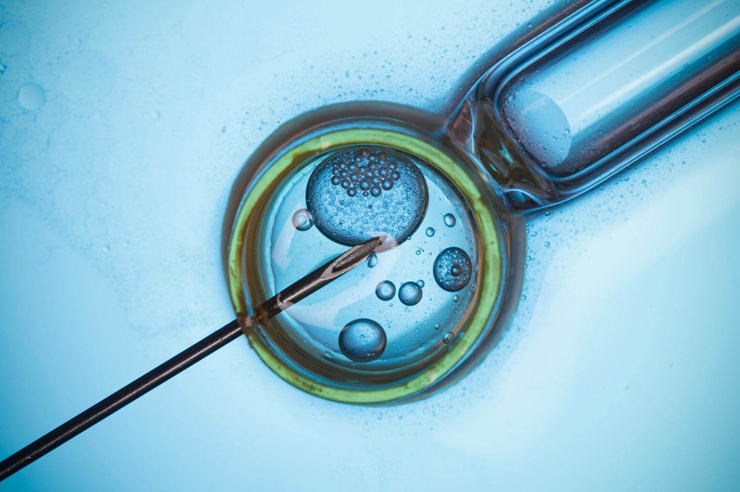Assisted embryo Hatching
- Home
- Assisted embryo Hatching


Assisted Embryo Hatching or Laser-Assisted Hatching
Getting pregnant requires an embryo to hatch spontaneously so that it can attach itself to the uterine lining.
An embryo’s outer layer of protection throughout development is called the zona pellucida. Eggshell is how it looks like. After reaching the mother’s womb, the embryo must split open its outer layer and latch onto it.
A natural process, hatching and attachment of the embryo to the mother’s womb is the only way to produce pregnancy.
From time to time, the outer layer of an embryo might get so thick that it becomes immobile and cannot adhere to the womb.
This is when hatching assistance becomes important. A laser is utilized to make a crack in the outer layer of the embryo during this process. It is subsequently implanted in the mother’s womb during an IVF treatment.
The effective implantation of an embryo into a mother’s womb at the time of hatching is facilitated by this process.
Before pursuing full-blown IVF, the fertility specialists at our Laser-Assisted Hatching Clinic in Delhi advise these procedures because the success rates of laser-assisted hatching are better in terms of yielding a healthy pregnancy.
Is this laser-assisted hatching procedure necessary for every IVF patient?
No, not everyone needs this assisted hatching procedure. It is beneficial for:
Mothers older than 37 years old
Implantation of frozen embryos (as the process of freezing may have thickened the Zona Pellucida, the outer layer of the embryo)
Patients with multiple failed attempts at IVF despite a healthy embryo and uterus
Thickened lining of the uterus (endometriosis)
FSH (follicle-stimulating hormone)-producing women with other hormonal abnormalities
Women whose embryos have high thickness—Zona Pellucida
Poor quality or few embryos
Does assisted embryo hatching cause any negative reactions?
No, neither the mother nor the embryo suffer any negative consequences from accurate laser-assisted hatching. To ensure a seamless process, all you need to do is seek out the top embryologists and fertility doctors.
Assisted embryo hatching is an advanced IVF technique where the outer shell of an embryo (zona pellucida) is carefully opened to help it implant better in the uterus.
It is recommended for women above 35, couples with repeated IVF failures, thick embryo shells, frozen embryo transfers, or poor embryo implantation history.
Using a precise laser or micromanipulation, our embryologists create a tiny opening in the embryo’s outer layer before embryo transfer, improving chances of implantation.
Yes, it is safe when performed by experienced embryologists. At Mother Divine Fertility, we use advanced laser technology to ensure minimal risk and maximum success.
Success varies by age and health, but in selected cases, assisted embryo hatching significantly improves IVF implantation and pregnancy rates.
No. When done with modern laser-assisted techniques, it is precise, safe, and does not harm the embryo’s development.


